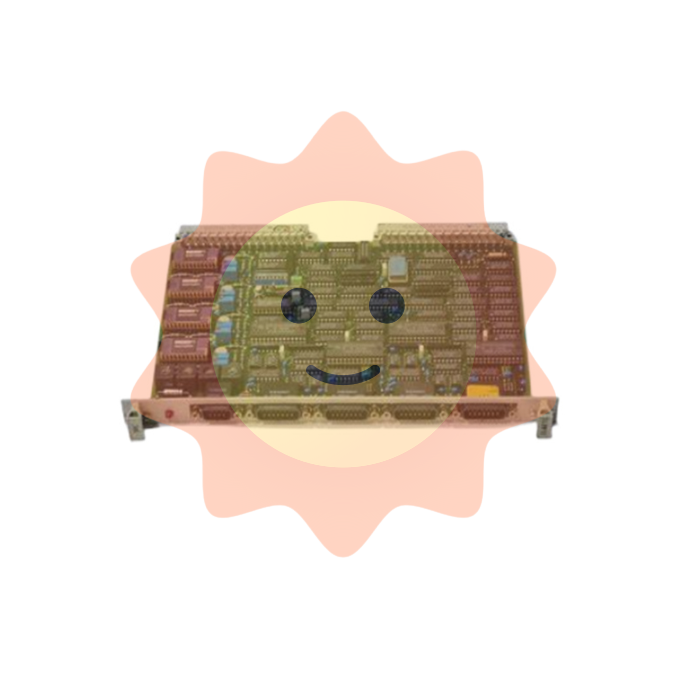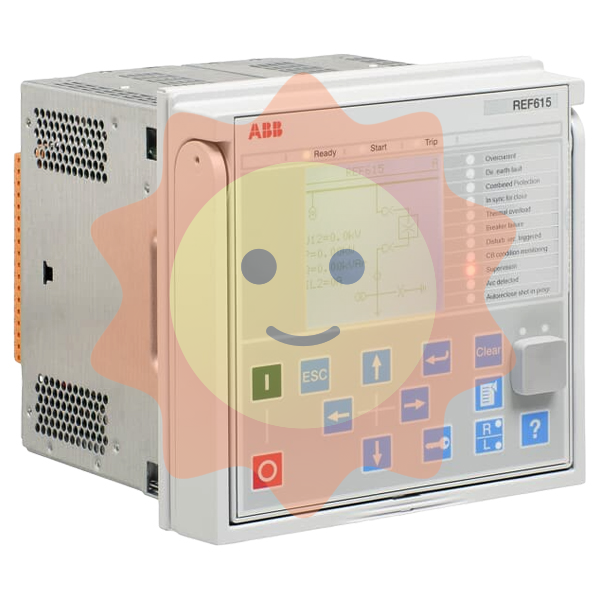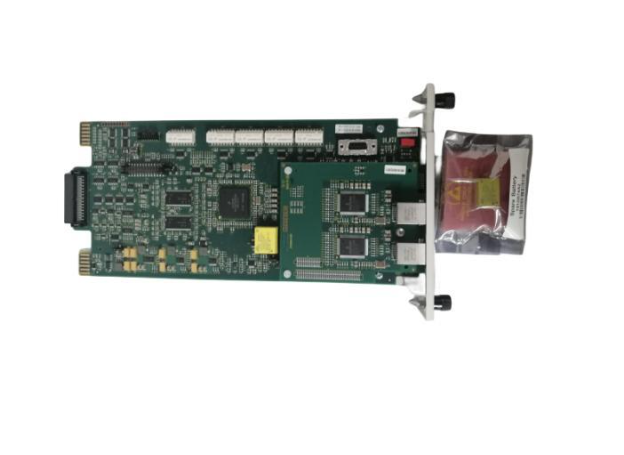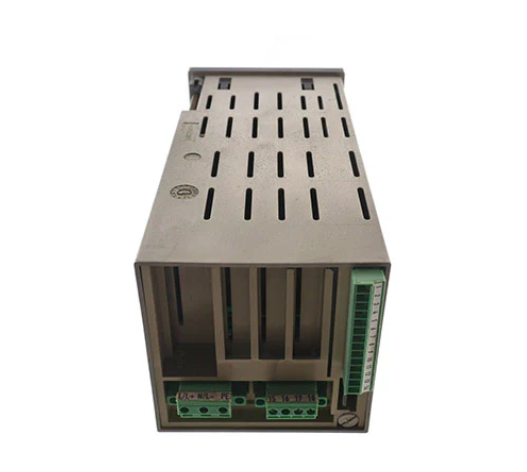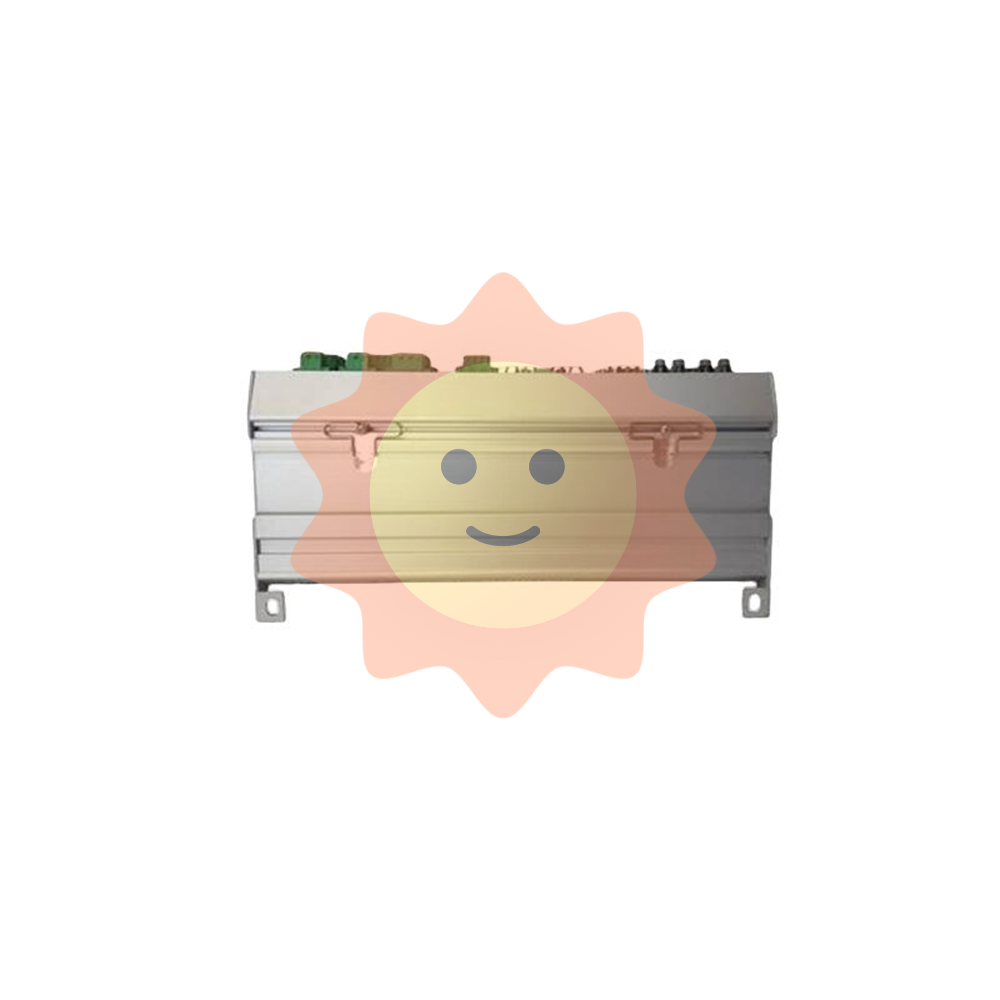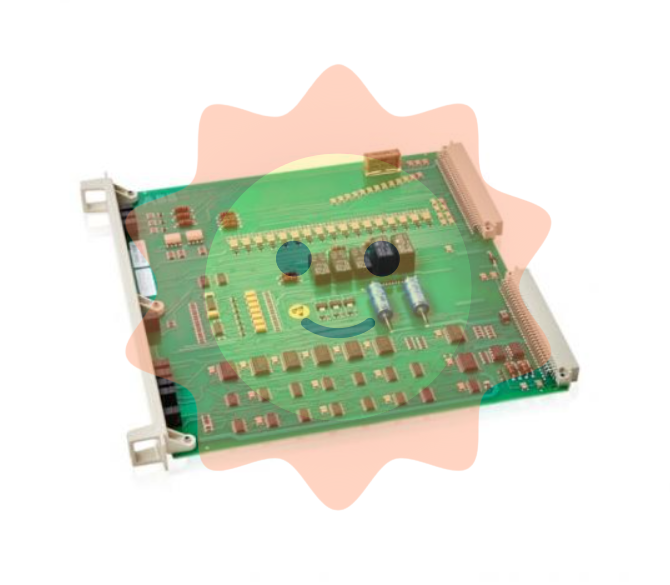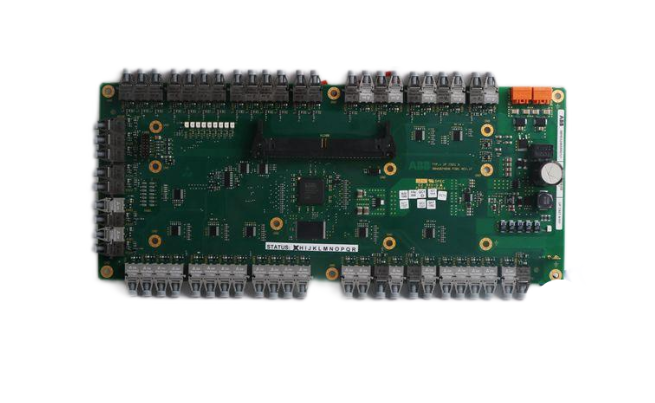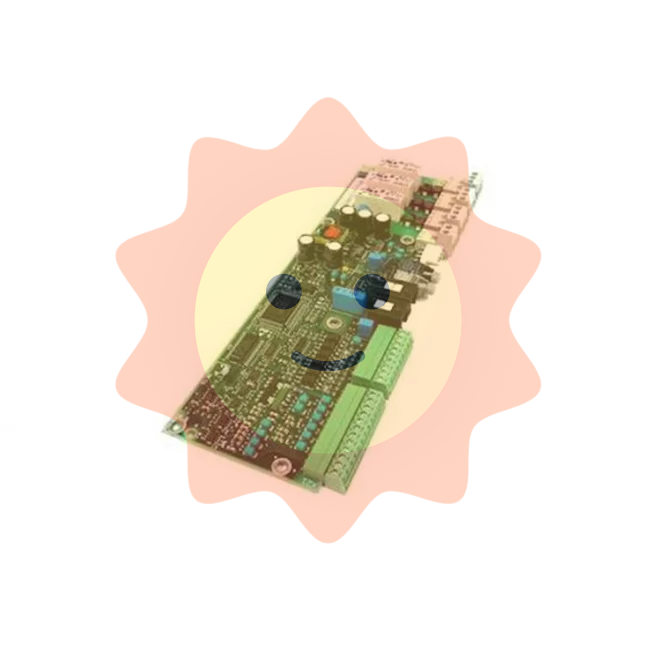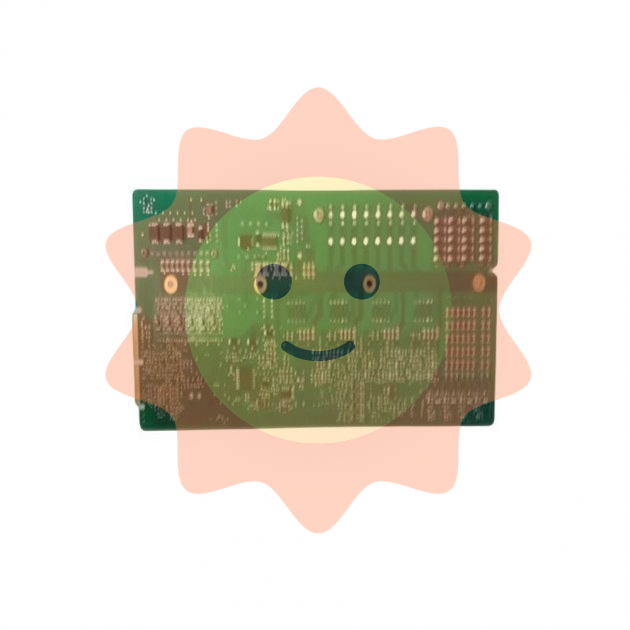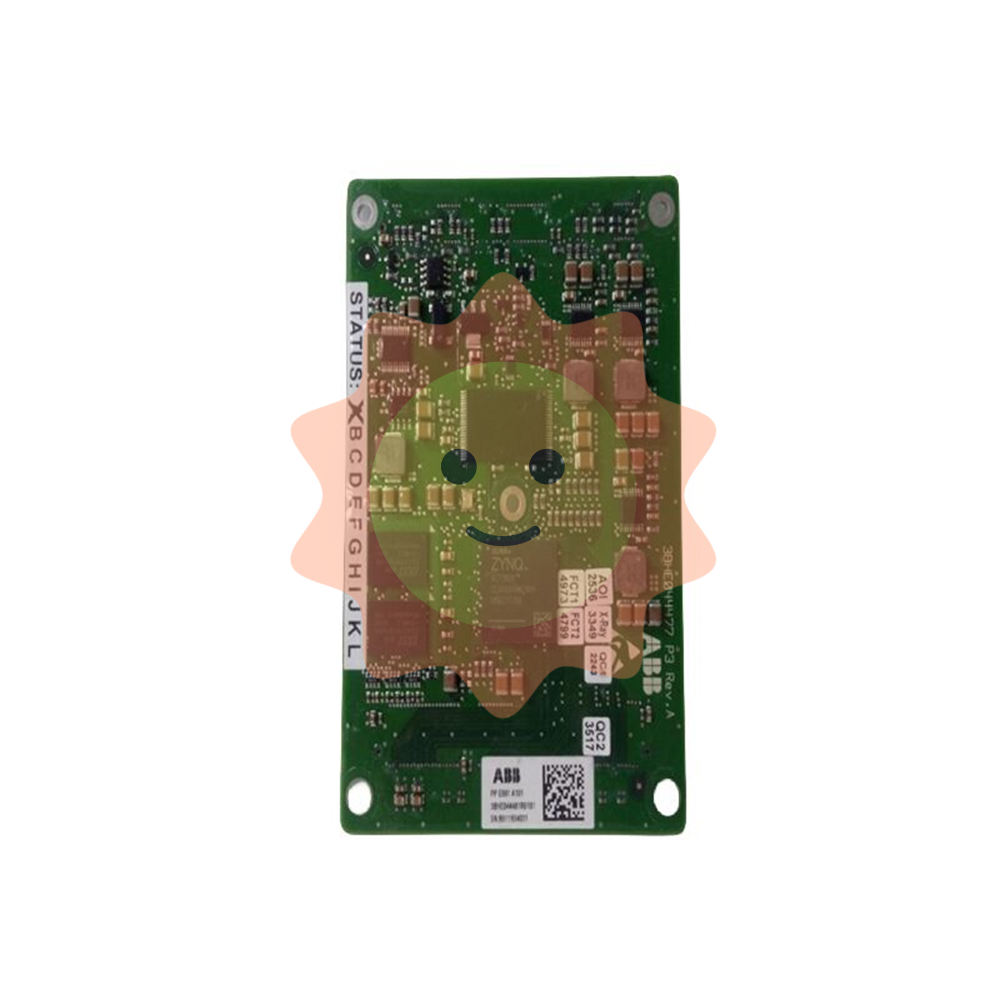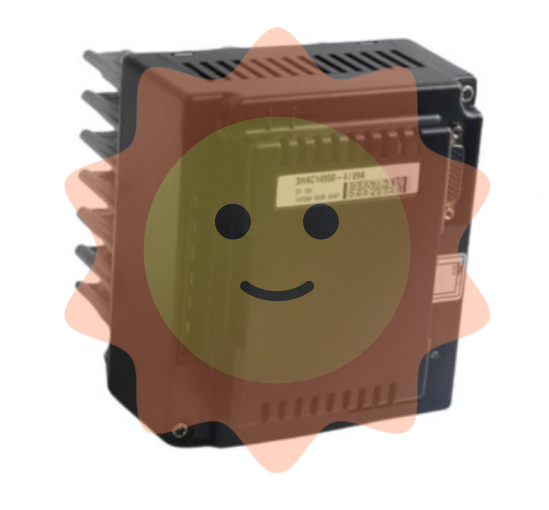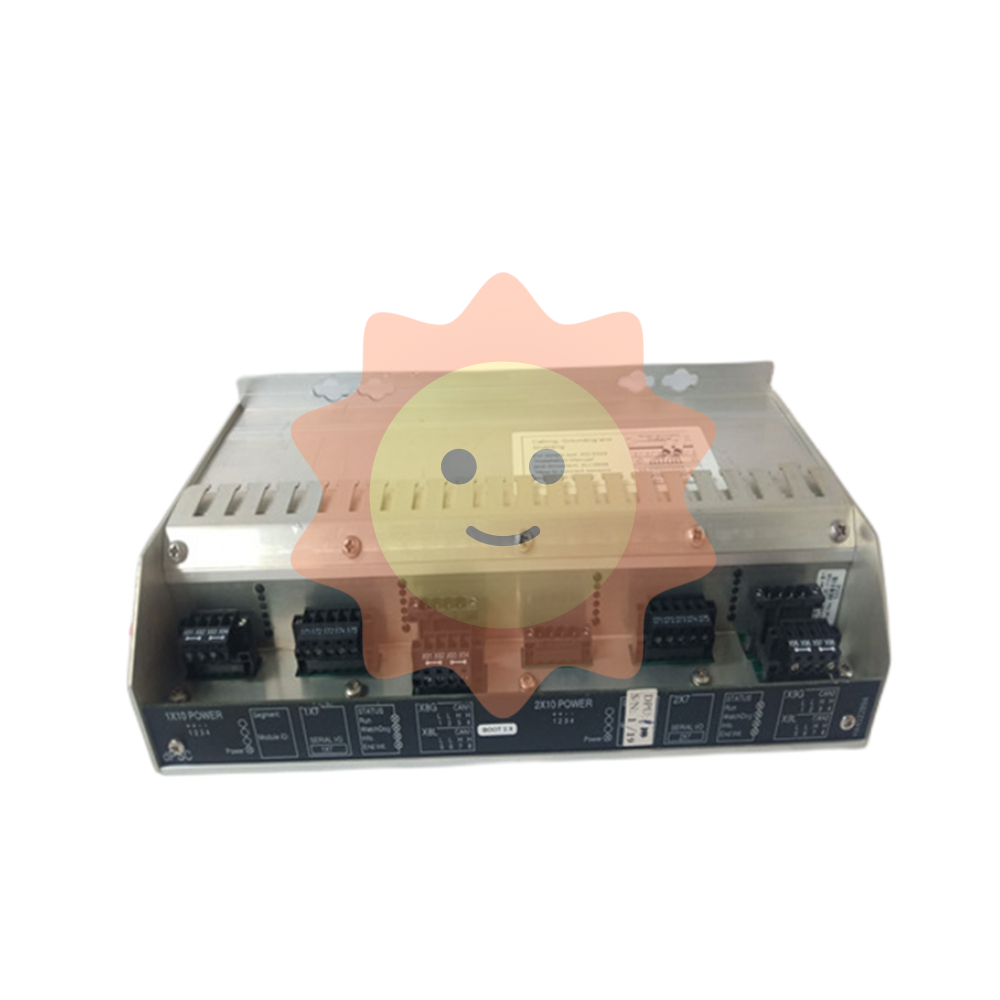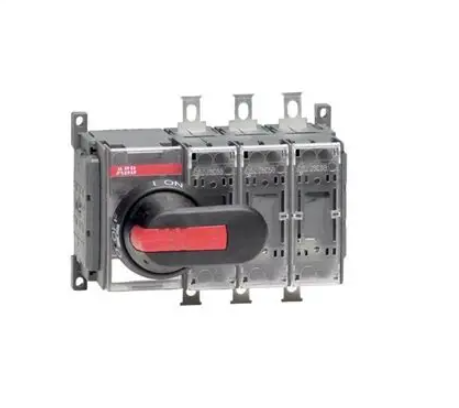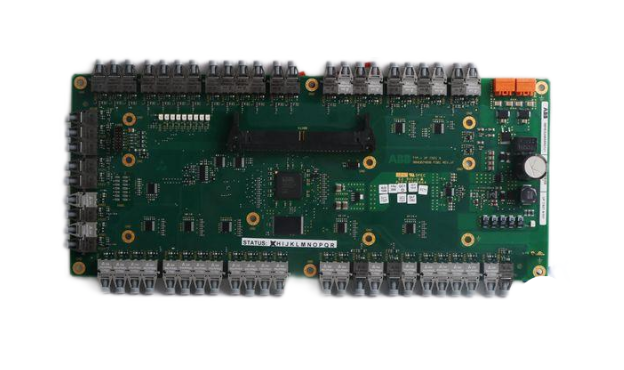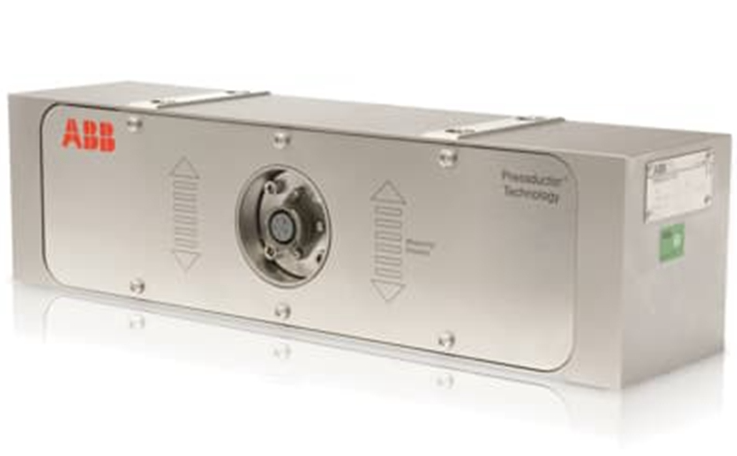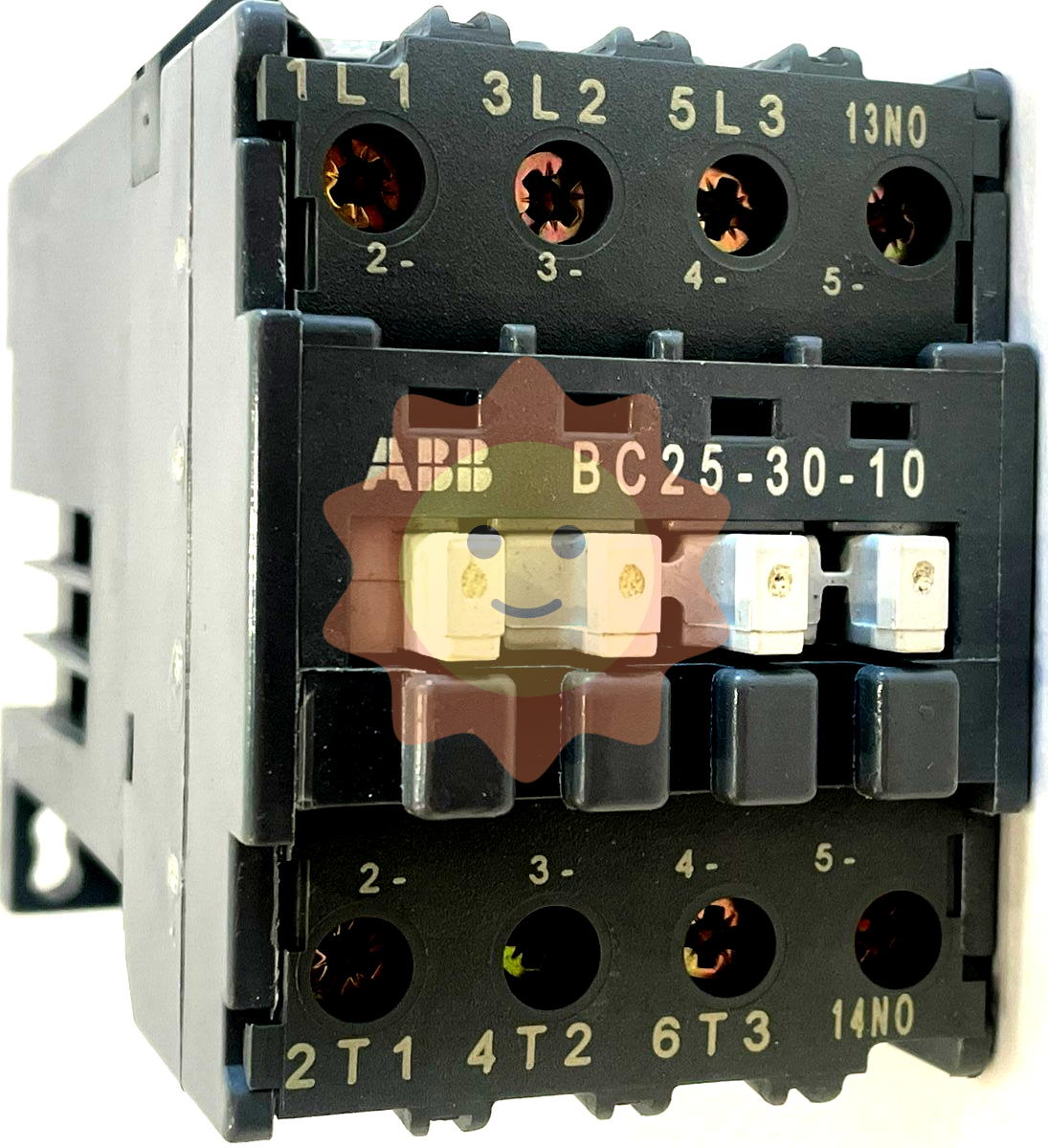Zygo NewView 9000 3D Optical Profilometer Technology Advantages
Step height accuracy of 0.3% (instrument contribution uncertainty) verified using Zygo certified standard parts (0.088 μ m/1.8 μ m/25 μ m)
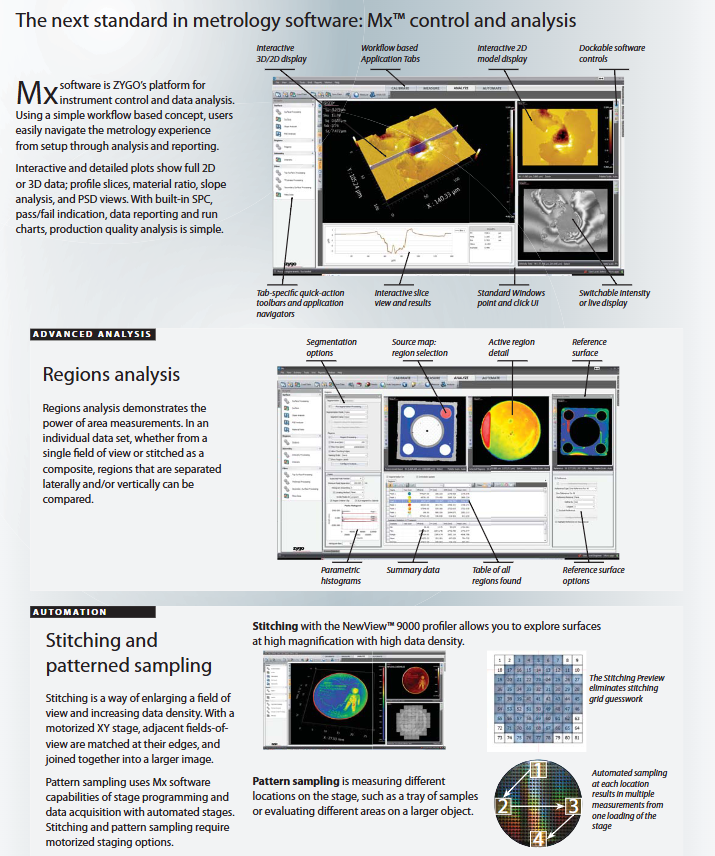
Software System: Mx ™ Control and Analysis Platform
Mx ™ The software is the core operation and analysis tool of NewView 9000, designed with a "workflow oriented" approach that balances convenience and professionalism. Its core functions are as follows:
1. Convenient operation design
Workflow tab: Split "Device Settings ->Sample Positioning ->Data Collection ->Analysis ->Report" into independent tags, beginners can follow the steps to operate;
Visual interaction: supports real-time display of 2D/3D data, can rotate 3D models and zoom in and out of local areas by dragging and dropping with the mouse;
Shortcut keys and toolbar: Each tab is equipped with a "quick operation toolbar" (such as "start collection" and "save data"), which supports Windows standard keyboard and mouse operations without the need to memorize complex commands.
2. Core analytical skills
Analyze the specific application scenarios of the analysis function
Basic morphology analysis includes 2D/3D surface maps, cross-sectional profiles (slices), slope analysis, and power spectral density (PSD);
Automatically calculate key parameters: PV (peak valley value), RMS (root mean square), Ra (arithmetic mean roughness), step height/width, surface flatness, microstructure size detection
Regions Analysis divides a single dataset into multiple regions (horizontally/vertically separated) and compares the morphological parameters of each region;
Support "reference surface selection", "parameter histogram", "data summary table" for multi structure consistency detection of MEMS devices and analysis of local defects in optical components
Automation and quality control have built-in SPC (Statistical Process Control) and pass/fail criteria (based on user-defined upper and lower limits);
Support data export (Excel/PDF/image), generate run charts for industrial batch quality inspection, such as screening for surface shape errors in lens production lines
3. Automation function
Stitching: The electric stage drives the sample to move, collects adjacent field of view data, and automatically splices them to generate a complete morphology image of the large-sized sample (such as the full surface of a 150mm wafer);
Pattern Sampling: preset measurement point array (such as 10 × 10), the stage automatically moves to each point for measurement, suitable for "diversified product tray" and "large sample multi area detection";
Preview function: Stitching Preview displays the spliced grid in advance to avoid overlap/omission and improve splicing efficiency.
Equipment configuration and optional accessories
1. Basic Configuration List
Category Basic Configuration
Desktop structure of the host, including isolation system, white LED lighting, and a 3-digit zoom turntable
Objective lens standard: 1 × -100 × standard working distance objective lens (at least 1, customizable by users)
Manual XY stage (100mm stroke), tilted ± 4 °
Control system i7 processor PC (1080P monitor), Windows 10 system, Mx ™ V7.2.0 and above
Workspace 89 × 150 × 150mm (including 75mm head riser)
2. Key optional accessories
Value of specific options for accessory categories
Upgraded electric XY stage (150mm stroke) and coded XYZ stage to support automated measurement and improve positioning repeatability
Objective lens and turntable with 4-digit electrically encoded objective lens turntable, long/ultra long working distance objective lens, and glass compensation objective lens adapted to complex samples, achieving automatic switching of objectives
Expansion of workspace by 35mm/176mm Gantry riser kit to extend working height to 265mm, suitable for thick samples and deep cavity parts
Calibration and fixture calibration standard parts (0.088 μ m/1.8 μ m/25 μ m step, 30/50mm SiC reference plane), 150mm vacuum sample fixture ensure measurement accuracy, fix irregular samples
Workstation supporting side desk (including monitor stand, drawer, cable management) optimizes operating space and improves equipment placement cleanliness
Typical application scenarios
NewView 9000, with its "wide adaptability+high precision", covers core applications in multiple fields. The typical scenarios mentioned in the manual are as follows:
Characterization of MEMS devices: measuring the height, spacing, and roughness of microstructures (such as cantilever beams and grooves) to verify process consistency;
Optical component testing: Analyze the surface shape errors (such as PV, RMS) and surface textures of lenses and mirrors to ensure imaging quality;
Precision mechanical parts: detect the turning texture of diamond turned parts (such as nickel mirrors), the microstructure of gear edges, and evaluate machining accuracy;
Transparent film analysis: optional "thick film analysis module", measuring the thickness and refractive index distribution of transparent films above 400nm;
Biological and Medical Devices: Characterize the surface texture of prostheses, microfluidic chip channel morphology, optimize biocompatibility and fluid performance.
- EMERSON
- Honeywell
- CTI
- Rolls-Royce
- General Electric
- Woodward
- Yaskawa
- xYCOM
- Motorola
- Siemens
- Rockwell
- ABB
- B&R
- HIMA
- Construction site
- electricity
- Automobile market
- PLC
- DCS
- Motor drivers
- VSD
- Implications
- cement
- CO2
- CEM
- methane
- Artificial intelligence
- Titanic
- Solar energy
- Hydrogen fuel cell
- Hydrogen and fuel cells
- Hydrogen and oxygen fuel cells
- tyre
- Chemical fiber
- dynamo
- corpuscle
- Pulp and paper
- printing
- fossil
- FANUC
- Food and beverage
- Life science
- Sewage treatment
- Personal care
- electricity
- boats
- infrastructure
- Automobile industry
- metallurgy
- Nuclear power generation
- Geothermal power generation
- Water and wastewater
- Infrastructure construction
- Mine hazard
- steel
- papermaking
- Natural gas industry
- Infrastructure construction
- Power and energy
- Rubber and plastic
- Renewable energy
- pharmacy
- mining
- Plastic industry
- Schneider
- Kongsberg
- NI
- Wind energy
- International petroleum
- International new energy network
- gas
- WATLOW
- ProSoft
- SEW
- wind
- ADVANCED
- Reliance
- YOKOGAWA
- TRICONEX
- FOXBORO
- METSO
- MAN
- Advantest
- ADVANCED
- ALSTOM
- Control Wave
- AB
- AMAT
- STUDER
- KONGSBERG
- MOTOROLA
- DANAHER MOTION
- Bently
- Galil
- EATON
- MOLEX
- Triconex
- DEIF
- B&W
- ZYGO
- Aerotech
- DANFOSS
- KOLLMORGEN
- Beijer
- Endress+Hauser
- MOOG
- KB
- Moxa
- Rexroth


Email:wang@kongjiangauto.com



























































